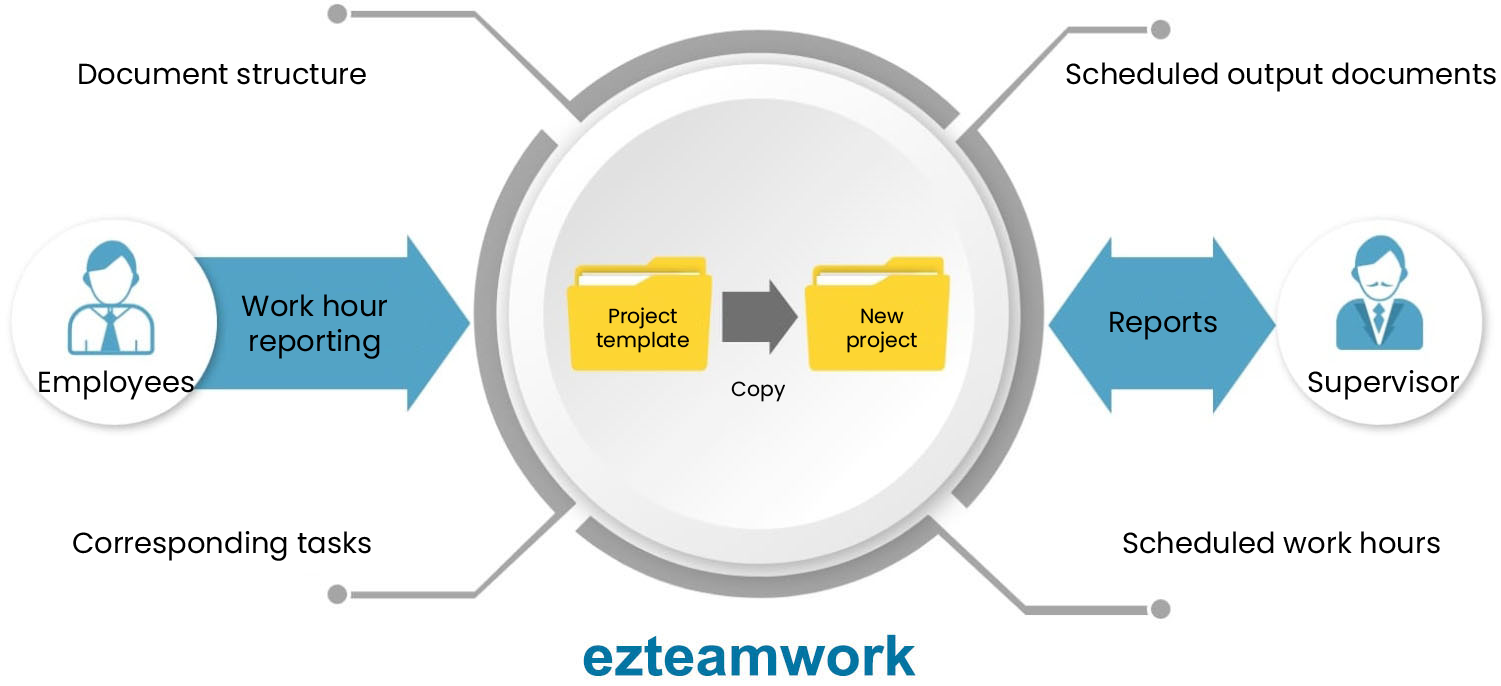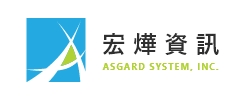Case Studies / System Integration
Establishing Context and Challenges
Asgard System, Inc., is primarily divided into two business units. One unit is responsible for the setup and maintenance of hardware, networks, databases, and other infrastructure, while the other unit handles custom software development to meet specific client needs. As the company continues to grow and expand, senior management has begun to notice some organizational issues.
Firstly, the original method of recording project hours relied on manual form submissions. However, each project team had varying levels of detail in their records, and there was no standardized format. As a result, departmental supervisors found it challenging to understand the actual involvement of team members in projects, and senior management struggled to accurately gauge the allocation of manpower across different projects, let alone adjust manpower utilization as needed. Furthermore, Asgard had not established uniform project templates or standardized formats for deliverables. Consequently, each project operated according to the preferences of its project manager, leading to inconsistencies. When it came to providing documents or reports for analysis and decision-making by senior management, significant time was often spent organizing and integrating data. Moreover, project data at Asgard was primarily stored in file format, scattered among various project team members. Due to the lack of a centralized archiving mechanism, it was difficult to determine which documents should be saved but were not. This hindered the company's ability to collect and accumulate knowledge assets and provide them to other organizational members for reference.
Therefore, Asgard Systems aims to address the aforementioned issues by implementing a project management system and framework. To achieve this goal, they have chosen the ezteamwork project management solution from Monmouth Technologies.
Solutions
► Integrate project and time input to optimize project resource allocation.
► The main scope of implementation is the two business units responsible for providing customer services. After implementing Monmouth Technologies' project management solution, project team members uniformly report actual working hours through the project management collaboration platform. Department managers can then utilize the platform's manpower allocation statistical reports to grasp the actual manpower input of department members into projects. This allows them to immediately assess if there are any issues of uneven workload distribution, such as excessive or insufficient workloads, and provide suitable manpower when project managers propose manpower requirements, ensuring optimal utilization of organizational resources. Additionally, senior management can utilize project-specific manpower input statistical reports to understand the actual manpower input for each project, serving as the optimal reference for assessing the manpower needed for new projects.
► Effectively preserving standardized project information serves as a crucial foundation for enterprise decision-making.
In order to standardize the company's project structure and deliverables, during the coaching phase, consultants from Monmouth Technologies assisted the company in collectively discussing and proposing a unified project structure template applicable to the company, as well as formulating standardized output documents. This allows the company to pre-establish project templates through the platform, ensuring that all projects are created using standardized templates and defining standardized deliverables. This facilitates the systematic and structured collection and preservation of project data and documents within the company, enabling subsequent operational analysis and decision-making references.
► Effectively establish a repository of knowledge assets and provide rapid data retrieval.
After recording and preserving project data and documents through the platform, completed projects are also fully retained. Organizational members can quickly find the project data and documents they need for reference through full-text search. This provides a management and application platform for preserving and sharing organizational knowledge assets. Initially, the company focused on ongoing projects as the target for implementation. Subsequently, completed projects were also included in the scope of knowledge management, gradually collecting historical project data to establish the company's comprehensive project knowledge assets.
Benefits of implementation.
After implementing the project management collaboration platform from Monmouth Technologies, Asgard System, Inc. successfully addressed several challenges. First, it resolved the issue of not being able to promptly grasp organizational manpower resources, enabling the company to understand each employee's actual workload and work involvement in real-time. This facilitated the optimization of manpower allocation for better resource utilization. Secondly, by utilizing standardized project templates, the company tackled the inconsistency in project data structures and document formats across different project teams. Thirdly, by centralizing project data and documents within the system, historical project data could be effectively preserved and shared, contributing to the accumulation of organizational knowledge assets. Overall, the implementation achieved the goals of optimizing organizational manpower utilization, standardizing project management frameworks, and preserving and accumulating organizational knowledge assets. This lays a solid foundation for continuous improvement in project management, enhancing project quality, and performance for Asgard System, Inc.
Asgard System, Inc. is an information systems integration company that provides comprehensive IT solutions including IT infrastructure, industry-specific system integration, virtualization and cloud services, and integrated data warehousing and business analytics. Its services cater to a wide range of industries including traditional industries, retail manufacturing, distribution, and the financial sector. To accommodate its project-oriented operations, Asgard System, Inc. adopts a matrix organizational structure. It comprises three business units: Business Marketing, Information Technology Services, and Software Services, along with administrative support functions. Upon completion of the contract signing with clients, a kickoff meeting is convened, and a project manager (PM) is assigned. The PM then coordinates the manpower from various functional units to form project teams.
Product category
Computer systems integration service industry
Solutions
System integration solutions
ASE
Constructing a group research and development project management platform.
Apacer
Constructing a group research and development project management platform.
JINTEX
Implement R&D project management and document control system
Taiwan Mobile
Cross-departmental software development collaboration management mechanism.





